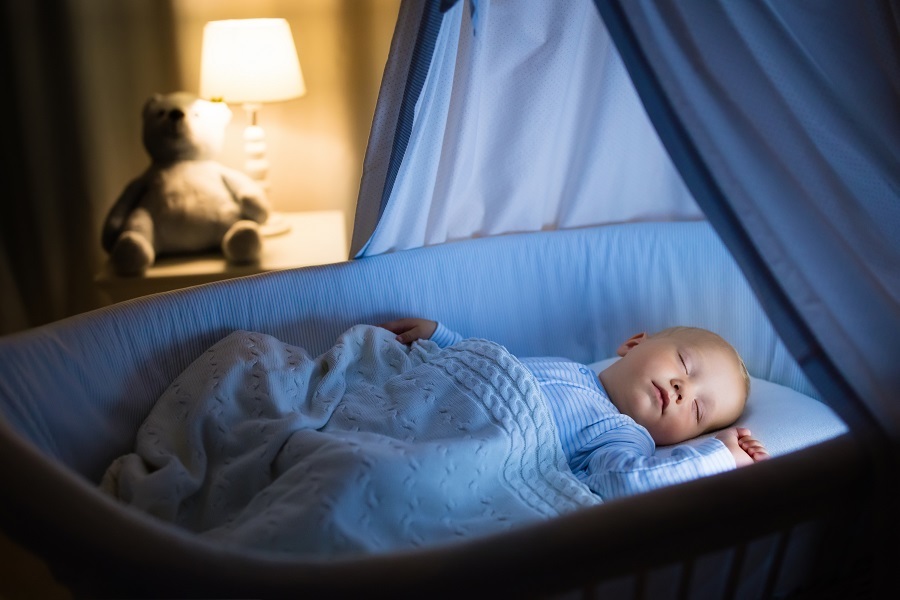Each year about 3500 children in America die of suffocation which can be from baby girl clothes or sudden infant death syndrome. Therefore to reduce these risks you need to create a safe space for your baby. Here are some recommendations for a safe and comfortable sleep environment:
Lay Down Your Baby on the Back for Naps and at Night
It will reduce the possibility of your child dying unexpectedly and suddenly, unlike when they sleep on their sides or stomach. Putting your child on their side, they will still roll into the stomach position. Your child cannot choke on their back because of their gag reflex and the baby’s airway anatomy.
Use a Flat and Firm Sleep Surface
A firm sleep surface implies that it should not indent whenever your child sleeps on it. Surfaces that incline over 10 degrees are not safe for your baby. In case your child falls asleep in a stroller, car seat, infant carrier, or swing, make sure you transfer them to a firm sleep surface as soon as possible.
Avoid Sleeping with Your Baby
It is not recommended to share a bed with your child. Even when you are comforting or feeding your child, give them their personal sleep space when it is time for bed. In case there is a chance you sleep while the baby is still in your bed, ensure there are no sheets, blankets, or pillows that might overheat your baby or cover their neck, head or face. Think of room sharing with your baby instead of bed-sharing. You can share the room with your baby for about the first six months. Put your child’s crib beside your bed, making it easier to watch and comfort your baby.
Avoid Keeping any Loose Bedding or Soft Objects in the Sleep Area
These items may increase the baby’s risk of strangulation, entrapment, or suffocation. These objects include quilts, comforters, pillows, non-fitted sheets, toys, bumper pads, blankets, and mattress toppers. Avoid using weighted sleepers, swaddles, blankets, and other weighted objects while sleeping.
Do Not Let Them Get Overheated
Your baby overheating can increase the risk of SIDS. In the same environment as your child, only add one extra layer of clothing to your baby girl clothes than what you are wearing. To check if your baby has any signs of overheating, check for a hot chest, flushed skin or sweating.
Feed Your Child Breast Milk
Evidence shows that breastfeeding your child breast milk minimizes the risk of sudden infant death syndrome. The more breastfeeding period, the more protection breast milk offers your baby. The AAP recommends breast milk as the only source of nutrition for a baby for the first six months. Even after introducing solid foods, you can continue breastfeeding your child for as long as they desire.
Give Your Baby A Pacifier When Napping and At Night
Pacifier is said to reduce the risk of sudden infant death syndrome, even if it might fall out when they are asleep. For breastfed babies, establish breastfeeding first before introducing a pacifier. This means that breastfeeding is comfortable and consistent, the milk supply should be good, and your child is latching well. If your child does not like a pacifier, you can give them some time before offering it again. Be keen not to hang a pacifier around the child’s neck while sleeping.
The Editorial Team at Lake Oconee Health is made up of skilled health and wellness writers and experts, led by Daniel Casciato who has over 25 years of experience in healthcare writing. Since 1998, we have produced compelling and informative content for numerous publications, establishing ourselves as a trusted resource for health and wellness information. We aim to provide our readers with valuable insights and guidance to help them lead healthier and happier lives.
































